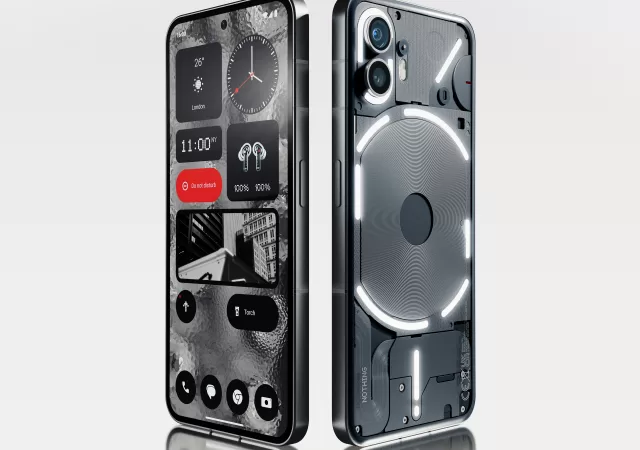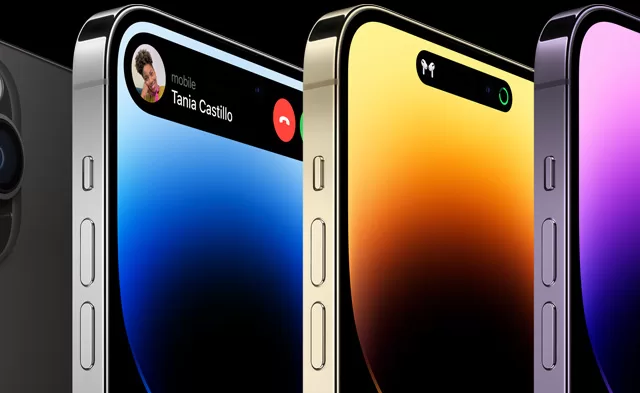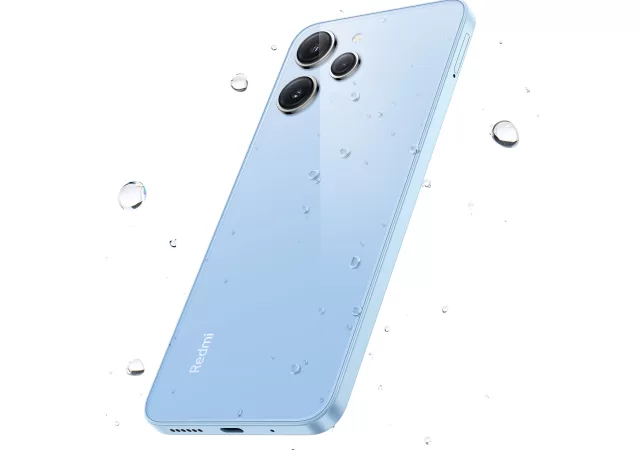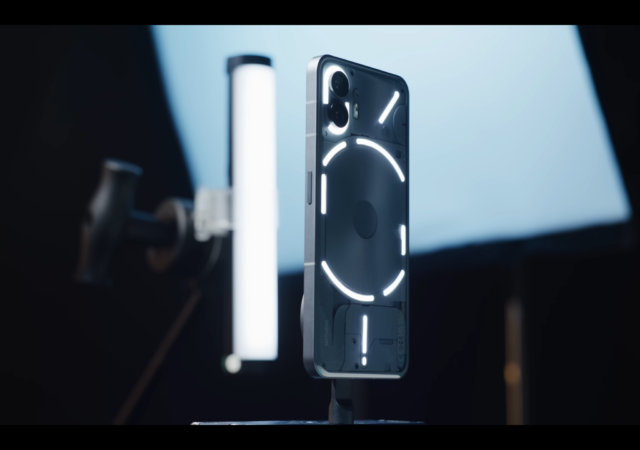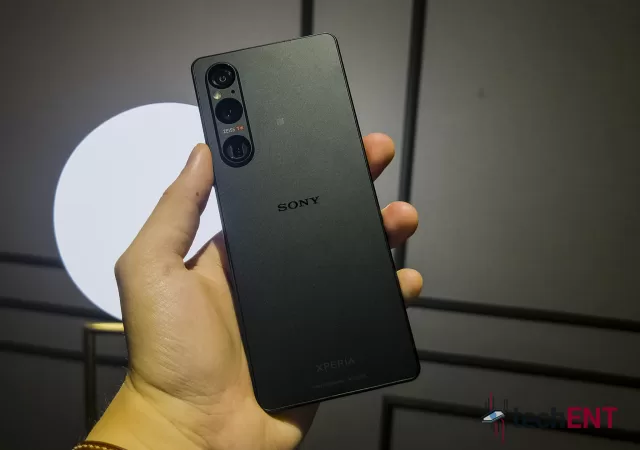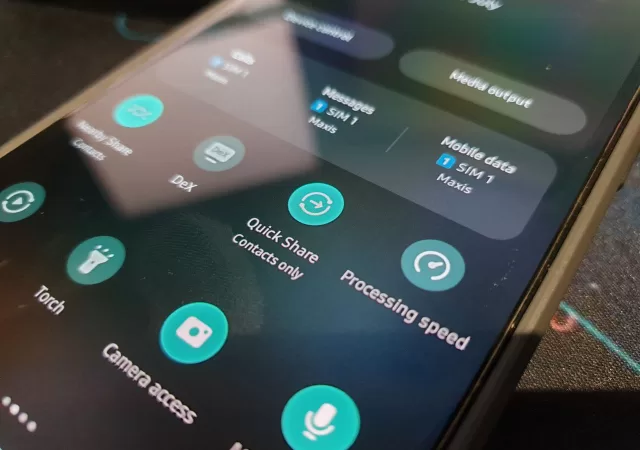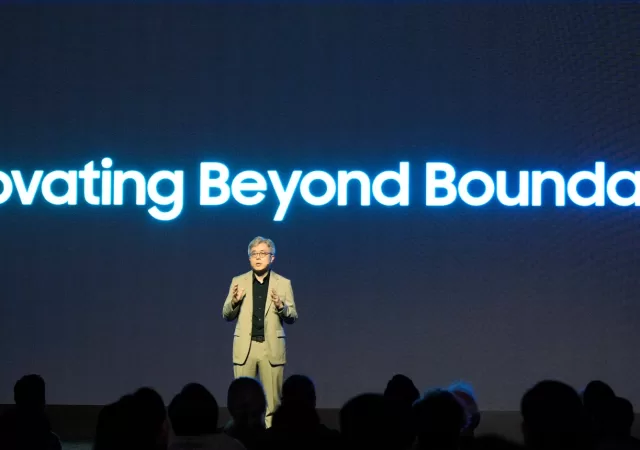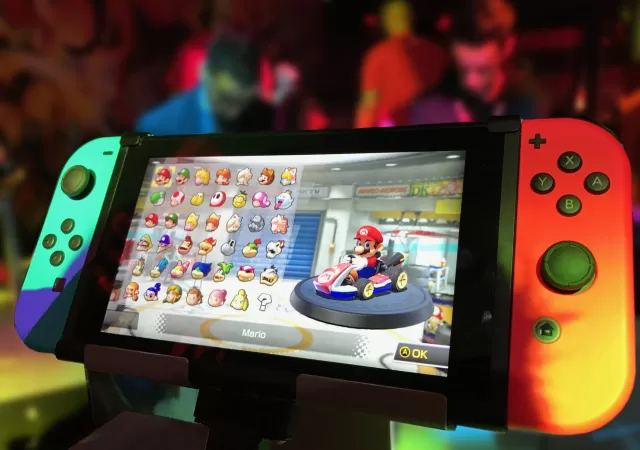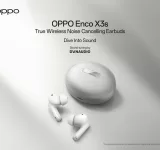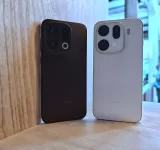PUBG Mobile and Dragon Ball Super are coming together in a partnership that sees PUBG Mobile’s gameplay being turned upside down.
Nothing Phone (2) has Launched – All-Around Better
Nothing launches their new flagship, the Nothing Phone (2) with powerful flagship class hardware and new Glyph Notification LEDs.
Apple Releases a Rapid Security Response update to the iOS 16.5.1. Why? Security Reasons, obviously.
Apple updates their iOS 16.5.1 again with iOS 16.5.1(a) labeling it as a Rapid Security Response update for the latest iPhones.
Xiaomi Redmi 12 is Launched in Malaysia at MYR 599 Onward!
Xiaomi launches the Redmi 12 in Malaysia for only MYR 599 with MediaTek Helio G88 SoC, 50MP camera, and 5,000mAh battery.
Nothing Phone (2) Drops on July 15 in Malaysia
Nothing is on a roll when it comes to teasing their upcoming Phone (2). Nothing’s founder, Carl Pei, has been dropping teasers for the Phone (2) on Twitter for over a month. Just last week, the company revealed the Phone…
Sony Xperia 1V is Now Available in Malaysia for MYR 6,399!
Sony brings their flagship Xperia 1V to Malaysia with the new Exmor T for smartphones camera sensor for MYR 6,399.
Samsung’s Quick Share App Goes to Other Windows Devices
Samsung has released their latest Quick Share update and made it available to other Windows OS devices to work with their Galaxy smartphones.
Samsung Introduces the World to 2nm, Set to Storm the World 2025 Onward
Samsung just had their Foundry Forum and introduced their detailed plans on mass production of 2nm chips in the near future.
WhatsApp Desktop is Expiring – Time to go Native.
WhatsApp is retired their old Desktop app on Windows devices in favour of their native WhatsApp app for Windows.




